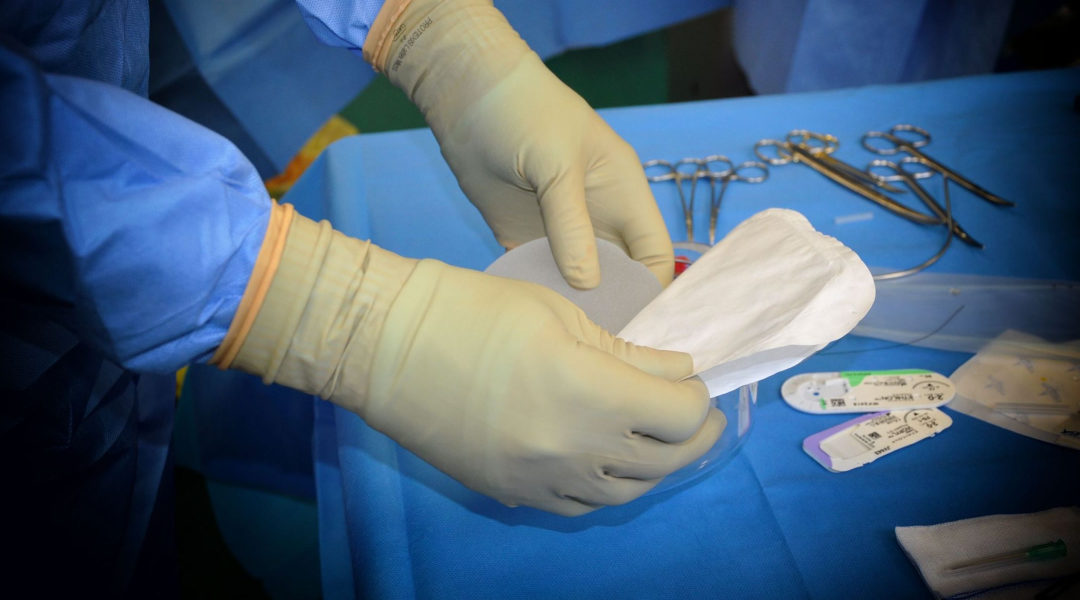Alopecia is a significant problem that impacts both men and women, and it is something that a lot of plastic surgeons have historically overlooked because the issue is frequently treated using medication or grafts. Now, a recent research study indicates that stromal vascular fraction-enhanced adipose tissue transplantation could be an effective way to treat certain types of alopecia.
This is the medical term used for fat grafting. Research professionals believe that fat grafting, even without stem cells, could be an effective treatment option for hair loss. Plastic surgeons might be able to expand the number of patients they can help thanks to fat grafting, those with and without stem cells. It also presents an opportunity for patients to try additional treatment options for hair loss.
A six-month study involving about 70 patients with hair loss has indicated that fat grafting has few side effects and has the potential to lead to significant improvement in hair loss. This study follows a preliminary study conducted on nine patients in Europe, which also showed that fat grafting could help with certain types of hair loss. In the current study, fat tissue was harvested from each patient. Then, it was separated with medical equipment. Finally, the desired cells, stromal vascular fraction cells, were isolated. Finally, the cells were returned to each patient, being grafted to the scalp to improve hair loss. Because these fat cells are the patient’s own cells, the potential for side effects is minimal.
Approximately six months after the procedure was completed, patients enjoyed a significant increase in hair growth, showing that it could be an effective treatment option for certain types of hair loss.
Alopecia continues to be a significant problem for men and women, and it is important for everyone to consider all treatment options available. Now, stromal vascular fraction-enhanced adipose tissue transplantation could be an additional tool that plastic surgeons have at their disposal. It could play an important role in a well-rounded treatment plan, providing patients with another option that can help them improve the growth of hair on the scalp. It could prove to be an alternative to traditional hair grafts and medications, both of which could lead to potential side effects.

